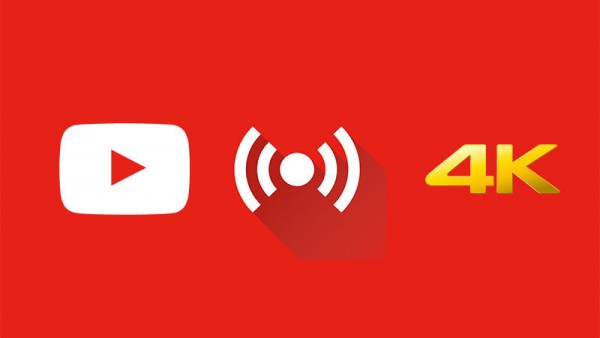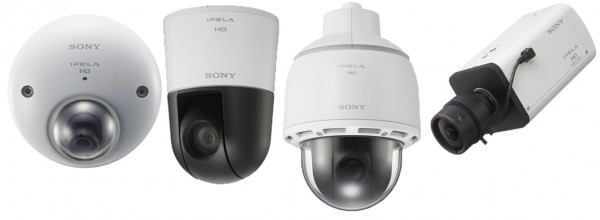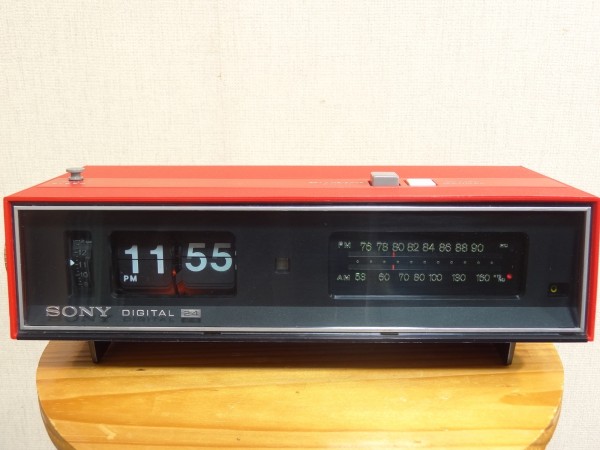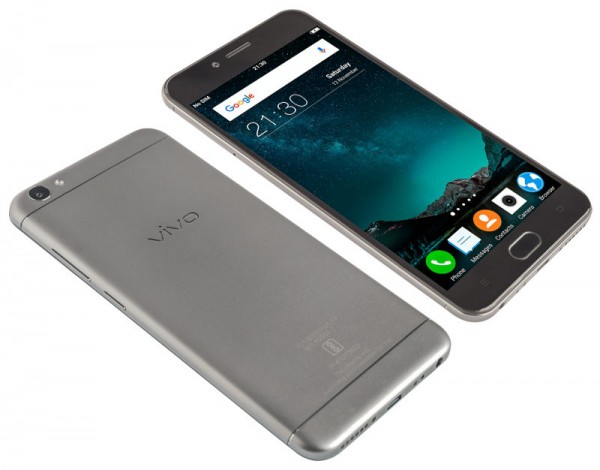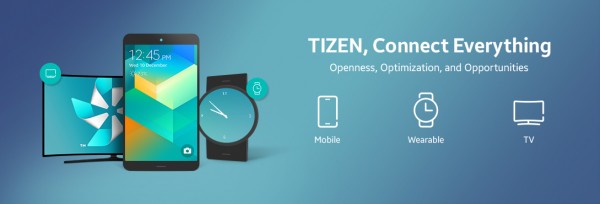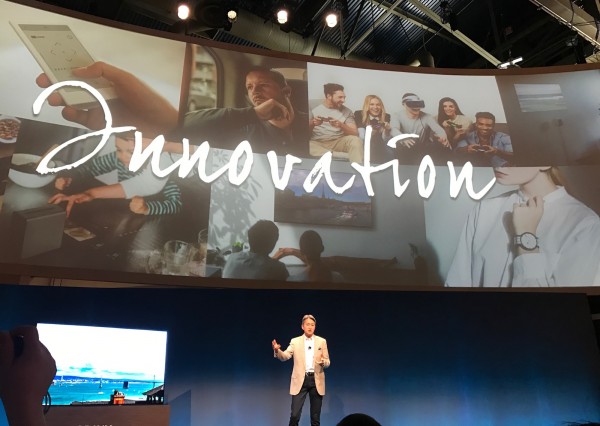
Long before LG, Panasonic, and others got into the robotics business, Sony was not only doing heavy research in the field, but also had a fully functional consumer product: AIBO. Sure, compared to technology today AIBO’s functionality appears basic, but for its time, the fact that AIBO could walk around the house, have minimal interactions/reactions, and even allow for things like logging in via a computer app and see from its perspective were fairly advanced.
Still it’s hard to blame Sony for eventually dropping the venture. Today, we take a lot of the tech at our disposal like vast availability of Wi-Fi, 4G, and computer miniaturization for granted, which no matter how much money Sony poured into AIBO, would not have been available in the early 2000s. To put the rapid pace of computer miniaturization, which is a necessity for robotics into context, the Apple AirPods, which house their custom W1 chip are actually more powerful than the original iPhone. Now take the leap of computing power and add to it modern and more nimble operating systems with cloud connectivity and we can begin to see a far more advanced AIBO which is clearly what Sony is aiming for.

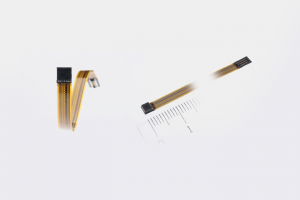
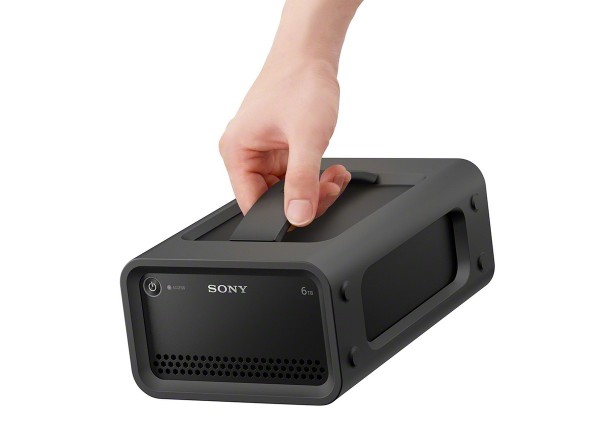 A fairly unknown party of Sony’s business to many is their professional lineup of equipment that’s mainly targeted at those in the broadcast community. From Bundesliga games to the biggest films to come out of Hollywood, there is a good chance that some Sony equipment was used. To that end, Sony is bringing to market a portable and shock resistant Thunderbolt 2 RAID drive which comes in a 4TB and 6TB configuration that’s meant to accommodate those shooting in 4K.
A fairly unknown party of Sony’s business to many is their professional lineup of equipment that’s mainly targeted at those in the broadcast community. From Bundesliga games to the biggest films to come out of Hollywood, there is a good chance that some Sony equipment was used. To that end, Sony is bringing to market a portable and shock resistant Thunderbolt 2 RAID drive which comes in a 4TB and 6TB configuration that’s meant to accommodate those shooting in 4K.
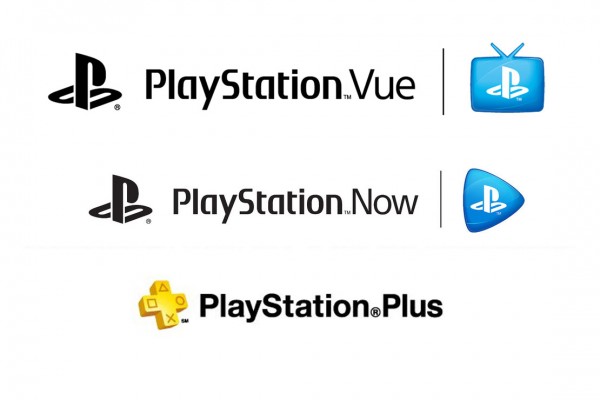
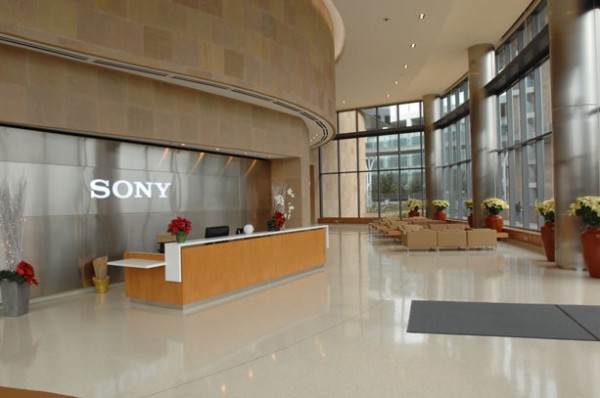
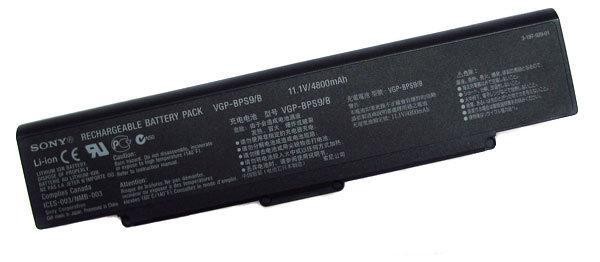
 Just a fun followup on my last week’s
Just a fun followup on my last week’s 
